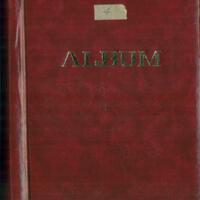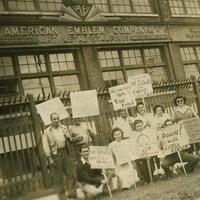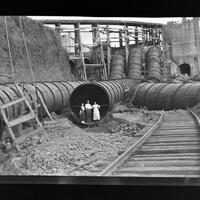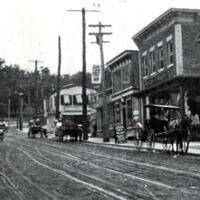Barge Canal Construction: Western Division
Collection Owner:
Cover Image:
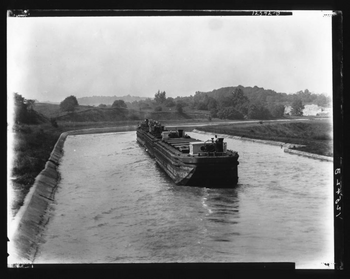
12542B, View of prism and boats on the Erie Canal - Image Source
Collection Facts
Extent:
131
Dates of Original:
1920 - 1921
Browse within this collection
By Subject:
Creator Attribution:
Browse similar collections
NYH Topic Areas:
Collection Type:
